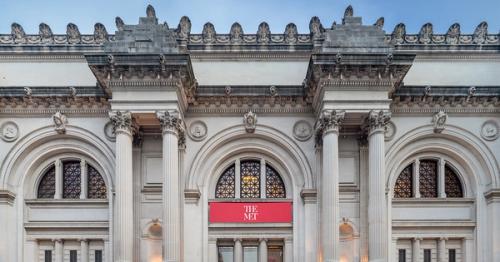At the crest of the long commerce between China and the West in the mid- to late eighteenth century, Chinese porcelain was eagerly acquired by Western rulers, statesmen, leading families, and others alert for the novel. Its primary appeal was that it could be designed to order, and when it came off the trade ships a season or two later, many of the pieces—sometimes entire dinner sets—were decorated with family armorials, images still topical, or designs more or less freely reproduced from drawings or engravings sent to China the year before. Recent interest in China trade porcelain has brought to light significant new examples of this ware. The present study deals with fifty-two pieces or groups of pieces added since 1955 to the Metropolitan Museum's well-known Helena Woolworth McCann Collection of China Trade Porcelain. Dating from the early sixteenth to the mid-nineteenth century, these tapersticks, cups, pitchers, plates, dishes, and tureens tell us a good deal about the growth of European interest in the ware, how Western tastes in design changed, how the makers' skills and techniques took them from blue-and-white ware through grisaille and famille rose painting to polychrome plus gilt, and how the shapes of porcelains reflected in some cases the direct influences of European metalwork and glassware. All fifty-two additions to the collection are comprehensively illustrated—nearly a quarter of them are shown in color—and numerous views of comparable pieces in other collections are included, as well as the original pictorial sources for many of the painted decorations. The author, Clare Le Corbeiller, is Associate Curator of Western European Arts in the Metropolitan Museum. Her work carries forward the account published by the Museum in 1956, China—Trade Porcelain, but it may be read as a wholly independent volume. As such, it offers documented new material for the collector of Chinese porcelains and a wide-ranging, charmingly informative introduction to the subject for anyone.















